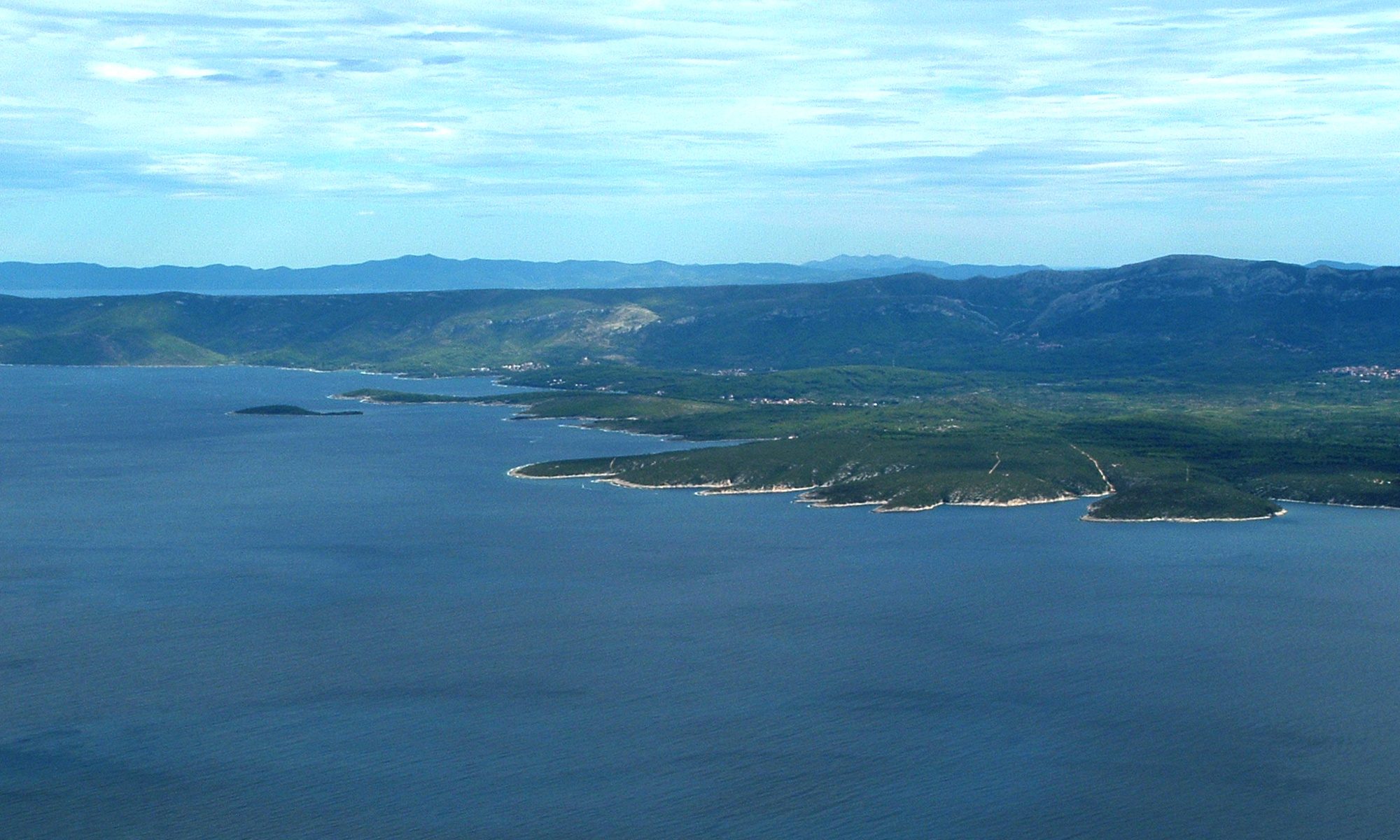Monitoring glacier retreat and forefield sedimentation in the Swiss Alps using UAV photogrammetry and IoT
Ivan Pašić | in-Terra.ch, Switzerland
Glaciers are made up of fallen snow that, over many years, compresses into large, thickened ice masses. Glaciers form when snow remains in one location long enough to transform into ice. What makes glaciers unique is their ability to move. Due to sheer mass, glaciers flow like very slow rivers. Some glaciers are as small as football fields, while others grow to be dozens or even hundreds of kilometers long (URL1). The changes of the most important or dangerous glaciers in the Swiss Alps are monitored regularly. As the technology rapidly advances, the possibilities for mapping such areas have increased and new methods could be applied. One of these methods consists in the use of drones or UAV’s (unmanned aerial vehicles) combined with close range photogrammetry to map the volumetric changes and movements. The use of drones for these mapping tasks is very efficient in terms of time and cost compared to classical terrestrial surveying methods as total stations or precision GNSS measurements. Images that are taken during the drone flights are then processed using photogrammetry methods which produce dense point clouds of surveyed areas. Those point clouds are then used to create high-quality Orthophotos and Digital elevation models (DEM) of the surveyed terrain. Such data is very helpful for further visualization, analysis and calculations and can give much more information about measured terrain and topography than the output data from classical terrestrial surveys. Having this in mind, it’s not surprising that in the past few years UAVs have become an inevitable tool for site monitoring.
In-Terra ltd (URL 2) is a Swiss based company that pioneered drone mapping since 2005 and among many other projects, we are monitoring glacier dynamics (using UAV photogrammetry) for several glaciers in the Swiss Alps. One is the Fiescher Glacier, which is located on the south side of the Bernese Alps in the canton of Valais (Switzerland). With length of 16 km it is the second longest glacier in the Alps. Due to climate changes, this glacier is constantly melting and retreating so the shape of it is rapidly changing. The glacier meltdown leads to a quickly increasing, poorly consolidated sediment accumulation in the glacier foreland and the buildup of small glacial lakes. Sudden lake outburst floods and mudflows constitute a risk for the villages, infrastructure and people living downstream of the glacier. This makes tight risk-monitoring necessary.
To make it easier to document, visualize and analyse those changements, in-Terra is periodically flying the UAV above the glacier and making photogrammetry models which can then be compared and analysed to see the change between different stages.
Each model is precisely geo-referenced using the previously measured fixed ground control points (GCPs) that are visible on multiple images taken from the UAV. Ground control points are always marked and measured before the flight using the highly-precise GNSS devices and they are equally distributed along the terrain to avoid distortion in the models. Beside the GCP distribution, the quality of the output data depends on many other factors such as surveying precision, UAV camera sensor, flying altitude, etc.. However, with a fairly cheap drone, good quality camera sensor and with high-precision GNSS device for GCP measurement, it’s possible to generate precision, high-quality and high-resolution data. For example, the resolution of the Fiescher Glacier’s orthophoto created by in-Terra is 3cm which makes it extremely useful for further analysis. Furthermore, resolution of the created elevation models for this glacier is only 10cm. However, creating such geodata is only one part of the process when monitoring glacier’s dynamics. Another part of the workflow is then to make good and meaningful analysis based on this data.
With the high-quality elevation models from different glacier’s stages it’s possible to perform different sets of analysis. One of the most common and most useful is volume calculation. For example, by comparing two overlapping elevation models between two different time stages we can calculate volume difference between those two and see how much volume of ice has been removed (melted) or accumulated between two surveys. Volume calculation can be performed on specific areas of interest defined by the vector outline, but it’s also possible to calculate elevation difference between two stages across the complete surveyed area. In that way, it’s possible to see how the glacier changes in specific areas or where the biggest change is happening. To make it easier to visualize such an output, one can then perform simple hillshading algorithms and create heatmaps using custom color ramps.
To make it easier for scientists to perform such operations, in-Terra has developed a custom web GIS solution Terra3D where all the data (orthophoto, DEM, point clouds, etc.) can easily be uploaded and used for further analysis within the simple web interface. Beside the 2D/3D map visualization of such data, there is also set of developed tools to perform different kinds of operations. So, for example, besides volume and mass-balance calculations, within the Terra3D there are also tools for creating cross sections across uploaded models, heatmap generation tools, measuring tools, PDF report tools, etc.. For easier visualisation of the glacier’s movement it’s possible to compare multiple Orthophotos at the same time with the help of transparency sliders for better visibility control. To make following of glacier movements even easier, in-Terra is also researching and developing IoT solutions (Internet Of Things) where the main idea is to install sets of different low-powered sensors directly on the glacier locations and sense all the movements (blocks, landslides). Such data could then be transmitted over wide area networks (e.g. LoRaWAN) and displayed in real-time within the Terra3D ecosystem. That would bring many additional benefits and make following of glacier movements easier, richer, more reliable and more responsive in time-critical situations.
Sources
URL 1: National Snow & Ice Data Center, https://nsidc.org/cryosphere/glaciers/questions/what.html, 22.02.2018.
URL 2: www.in-terra.ch
